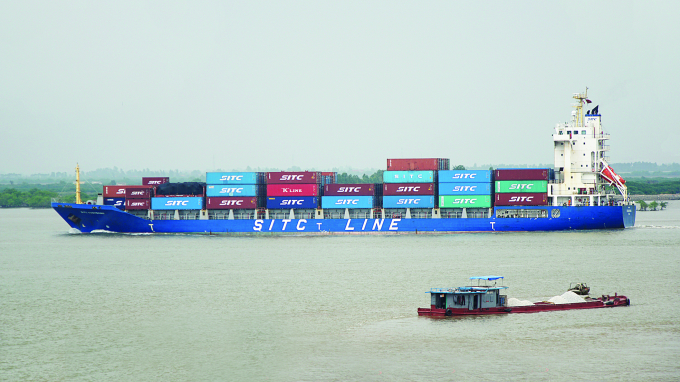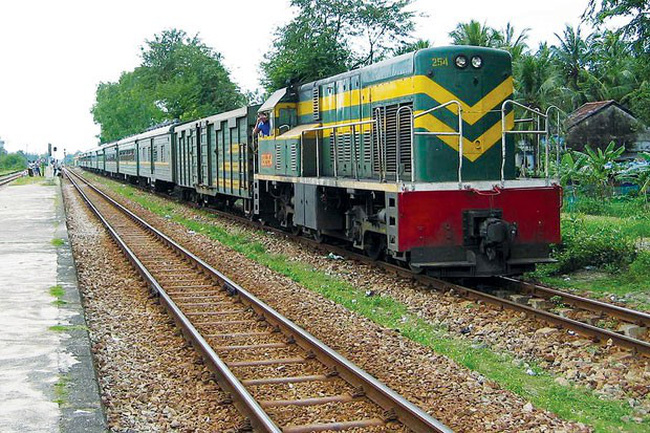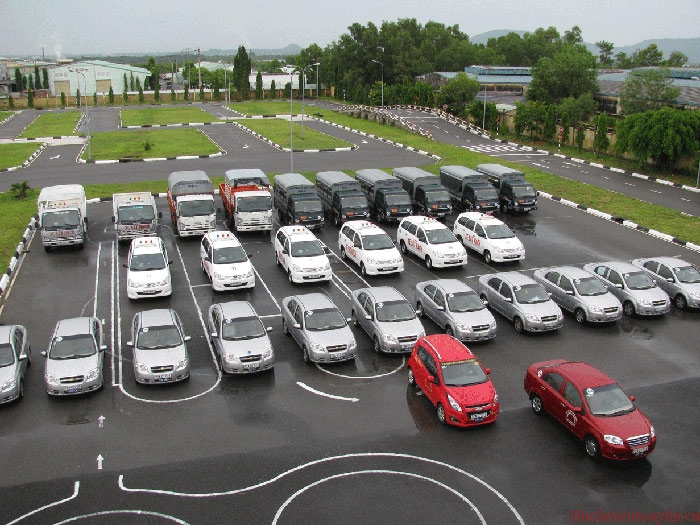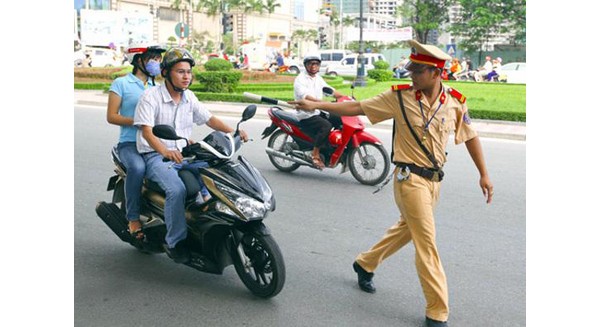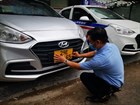From August 5, 2020, traffic police will be allowed to stop vehicles for inspection in 04 cases. So what are those specific cases?

04 cases where traffic police are allowed to stop vehicles from August 5, 2020 - Illustrative photo
According to the provisions of Article 16 Circular 65/2020/TT-BCA stipulating the duties, powers, forms, content, and procedure for patrolling, controlling, and handling administrative road traffic violations by the Traffic Police, from August 5, 2020, the traffic police performing patrol and control duties according to the plan are allowed to stop traffic vehicles for inspection in the following cases:
Case 1: Directly discovering or through technical and professional means, discovering and recording acts of violating road traffic laws and other illegal acts;
Case 2: Implementing orders or plans for comprehensive control of road traffic vehicles, patrolling and controlling plans, handling violations according to approved themes by competent authorities;
Case 3: Having a written request from the Head or Deputy Head of the investigation agency; a written request from relevant functional agencies to stop traffic vehicles for inspection to serve the work of ensuring security, order, crime prevention, and combating illegal acts. The request must specify the time, road section, traffic vehicles to be stopped for inspection, handling, and the participating coordinated forces;
Case 4: Notifications, reflections, recommendations, denunciations from organizations or individuals about violations of the law by people and vehicles participating in road traffic. (Currently, according to Circular 01/2016/TT-BCA, it is only notifications and denunciations about violations of the law by people and vehicles participating in traffic)
These cases are also stipulated in Circular 01/2016/TT-BCA, with the only difference being that Circular 65/2020/TT-BCA has merged the following two cases in Circular 01/2016/TT-BCA into Case 2 mentioned above, while generally stipulating according to an approved theme by competent authorities instead of specifically defining the authority of each case as in Circular 01:
- Implementing orders or patrolling plans, controlling from the Director of the Traffic Police Department or the Director of the provincial-level Police Department;
- Implementing plans for organizing patrol, control, handling violations, ensuring traffic order and safety by the Head of the Expressway Traffic Control and Patrol Department under the Traffic Police Department, Head of the Traffic Police Department, or Head of the district-level Police Department and higher.
Additionally, Circular 65/2020/TT-BCA also stipulates that stopping and controlling traffic vehicles must meet the following requirements:
- Ensuring safety, compliance with the law, and not obstructing traffic activities. When traffic vehicles are stopped, the inspection and handling of violations (if any) must be conducted according to legal regulations;
- When stopping and controlling at a point, at the Traffic Police Station, the following requirements must be met in addition to the above requirements:
+ Setting up barriers with cone posts or stretched ropes along the road in the lane next to the road edge or sidewalk to form an area ensuring traffic order and safety according to the Ministry of Public Security's regulations on implementing democracy in ensuring traffic order and safety. The minimum length of the barrier is 100m for expressways, 50m for national highways, and 30m for provincial roads, district roads, urban roads, and communal roads and specialized roads;
+ The area ensuring traffic order and safety must comply with road traffic laws and related legal provisions; have enough space to arrange, install technical and professional equipment, control, handle violating traffic vehicles; arrange traffic police to guide, regulate traffic, and ensure traffic safety. For control on expressways, a "Slow Down" 245a sign or a 245b sign (for external routes) must be placed ahead of the Traffic Police Team in the direction the controlled vehicles are traveling, as stipulated by road traffic signals law;
- When stopping and controlling vehicles on expressways, the following requirements must be met in addition to the above requirements:
+ When controlling at a point, vehicles can only be stopped for inspection and handling violations at the following locations: Toll station areas, the beginning and end points of the expressway;
+ When patrolling and controlling dynamically, vehicles can only be stopped in the emergency lane to inspect and handle violations in the following cases: Serious traffic order and safety violations detected, causing immediate traffic safety hazards; coordinating in crime prevention and combat; notifications and denunciations about law violations by people and vehicles traveling on the expressway; detecting improperly stopped or parked vehicles on the expressway. Once the incident is resolved, the cone posts, stretched ropes, and signs must be cleared and moved immediately.
Nguyen Trinh
 Article table of contents
Article table of contents
